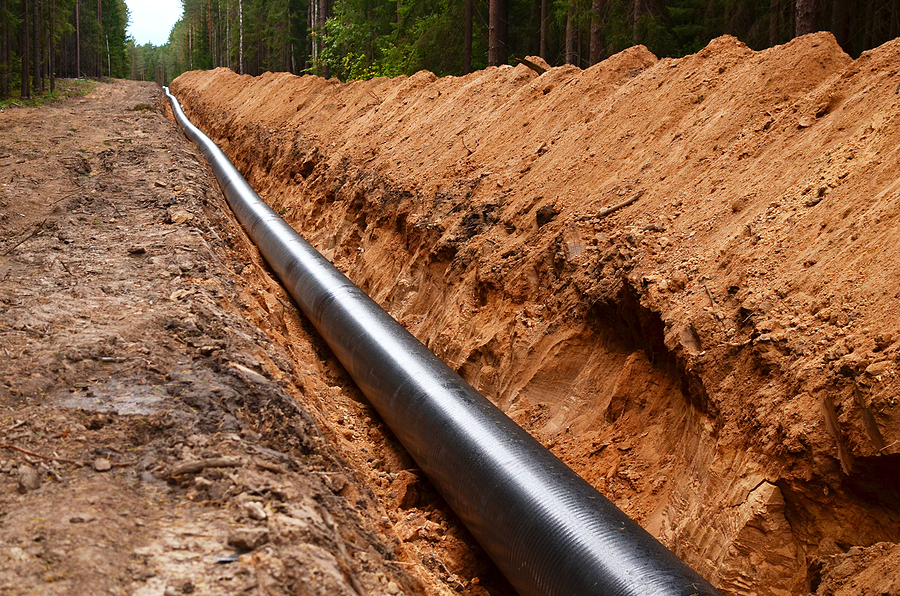STUMO: Country-of-Origin Labeling Should be Mandatory for Internet Sales

U.S. consumers assume that the United States always leads the world in safety issues. For example, they expect federal regulations will ensure the trustworthiness of the food and medicines they buy. However, when it comes to the products they purchase online, things are less clear.
Millions of packages are shipped directly to U.S. consumers daily — but few are inspected. When Americans shop online, they frequently have no idea where the products they buy are manufactured. With unsafe imports causing safety issues, it’s time for Congress to mandate “Country of Origin” (COOL) labeling for all internet transactions.
How serious is the problem of unsafe e-commerce? A Wall Street Journal investigation found 10,870 items for sale on Amazon that had been declared unsafe by federal agencies were labeled deceptively, lacked federally required warnings, or were banned by federal regulators. This included many items that big-box retailers would bar from their shelves. Of the 1,934 sellers whose addresses could be determined, 54 percent were based in China.
China has become the epicenter of unsafe e-commerce, with 83 percent of all intellectual property seizures in the United States now originating from the People’s Republic. In fact, China accounts for 40 percent of all Amazon sales, and 75 percent of all new sellers on Amazon are Chinese companies. It’s even estimated that multiple new product listings are uploaded to Amazon from China every second.
Americans already know this is a problem, and polls show they want to buy American-made goods — 40 percent saying they’ll no longer buy anything made in China. They have already seen news stories about unsafe imports — like the Missouri man killed in a motorcycle accident due to a fraudulently labeled helmet bought online or the Georgia family whose home burned down because of a faulty hoverboard bought on Amazon.
Requiring country-of-origin labeling should be a no-brainer. Amazingly, though, some in Congress have blocked efforts to mandate COOL labeling. They appear to be following the whims of importers who claim that COOL labeling would add encumbrances to their business. That’s ludicrous since Amazon sales in Mexico already require this type of country-of-origin information. And Amazon recently started collecting similar information for new postings of products sold in the United States.
A Senate committee recently passed bipartisan legislation requiring clear country-of-origin labeling for all website product descriptions. This is a helpful first step, but the full Senate and the House must also take action.
More and more Americans are shopping online. They want to ensure the medicines, electronics, toys and household items they buy are safe. Country-of-origin labeling for this type of e-commerce would mark an important step toward reclaiming internet shopping safety.
Consumers deserve safe e-commerce. Requiring COOL labeling would be a small price for safe, reliable online shopping. Congress should move quickly to pass bipartisan country-of-origin labeling provisions and ensure that consumers’ lives aren’t put at risk by unsafe imports.








